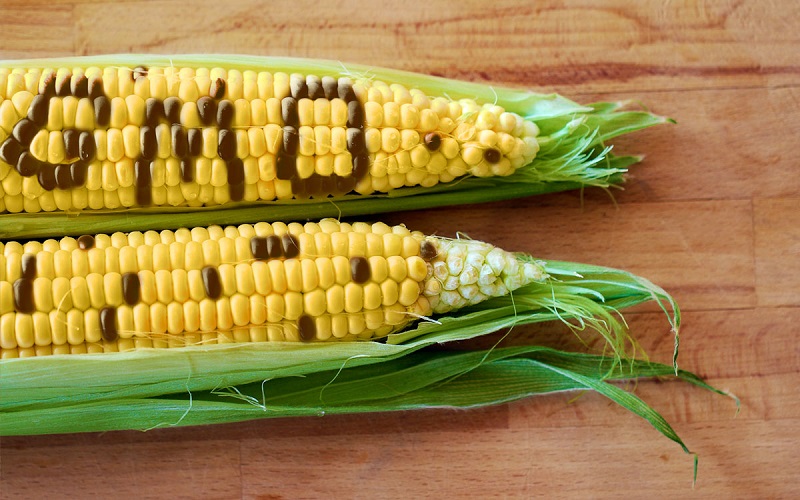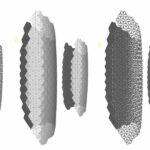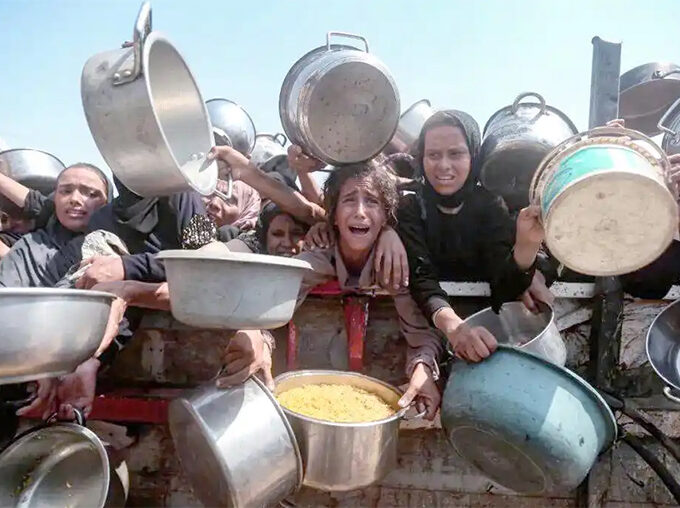The global area under genetically modified crops totaled 202.2 million hectares, or about 12 percent of the world’s total arable land, an increase of 3.3 percent over the previous year (196 million hectares), setting a new record since the large-scale commercial cultivation of genetically modified crops. This increase reflects the importance of GM technology in global agricultural production and its potential to increase food production and respond to global food demand.
As the world’s largest grower of GM crops, the U.S. has a GM crop industry policy that focuses on encouraging innovation, commercial promotion, and consumer protection. in 2022, the U.S. GM crop acreage was 74.7 million hectares, accounting for 36.9% of the global GM crop acreage, a decrease of 1% year-on-year. The U.S. is the country with the largest area of GM corn planted, at 33.3 million hectares, accounting for about 50.4 percent of the global GM corn planted area. The US was second only to Brazil in terms of GM soya bean acreage, at 33.6 million hectares, accounting for about 34.0 percent of the global total. Its GM soya bean and cotton both account for 95 percent of the area, and its GM maize accounts for 93 percent of the area.
Canada’s GM crop acreage was 11.3 million hectares, down 3.0 percent from 2021. GM oilseed rape was planted on 8.2 million hectares, down 4.7 percent from the previous year due to weather, but Canada still has the largest GM oilseed rape acreage in the world, well ahead of the US and Australia.
Brazil is the world’s second-largest grower of GM crops, with its planted area of GM crops increasing by 10.4 percent to 63.2 million hectares, accounting for 31.3 percent of the global planted area of GM crops, making it the world’s second-largest grower of GM crops after the United States. The area planted with transgenic soya beans reached 41.1 million hectares, an increase of 6.2 percent over last year, accounting for more than 90 percent of the country’s soya bean planted area, ranking first in the world. The utilization rate of GM maize has also increased significantly, from 88 percent last year to 95 percent. The utilization rate of GM cotton reached 99%, and the planted area reached a record high of 1.6 million hectares, an increase of 28.4% year-on-year.
Argentina’s GM crop acreage was the third largest in the world at 23.5 million hectares, up 0.4 percent year-on-year. GM maize plantings increased by 11.0 percent to 7.1 million hectares, while soybean, Argentina’s main GM crop, was planted on 15.9 million hectares, down 4.4 percent from last year. Adoption of all GM crops except alfalfa exceeded 90 percent, with 95 percent of the area planted to both GM soya and cotton and 93 percent to GM maize.
There is more room for growth in the total area of GM crops in the Asia-Pacific region, with India accounting for 63.6 percent of the region’s GM crop acreage, including more than 91 percent of GM cotton. India is the country with the largest area planted with GM cotton, with 80% of Bt cotton planted, while varieties with herbicide tolerance or other compound traits have yet to be commercially planted.
Western Australia is now the largest state in Australia in terms of area planted to GM oilseed rape, with a share of over 70 percent. GM cotton has accounted for nearly 99.9 percent of the area planted to GM cotton since 2014, with the main variety being Bollgard 3 XtendFlex, developed by Bayer, followed by Roundup Ready with Liberty Link.

Market Performance of Major GM Crops
Among the many GM crops, GM soya bean accounts for 48.9% of the total GM crop acreage in 2022 at 98.9 million hectares, up 2.6% from last year, making it the largest GM crop in terms of acreage planted. Its market performance will remain strong in 2023. As the global demand for soya protein and vegetable oil increases, GM soya bean has gained popularity in the market due to its high yield and pest resistance. In the international market, the price volatility of GM soya is affected by several factors, including the stability of the global supply chain, the impact of climate change on yields, and changes in international trade policies.
It is closely followed by GM maize, which is planted on 66.2 million hectares, or 32.7 percent of the total, an increase of 3.3 percent from last year. In 2023, the acreage of GM maize continues to grow globally, especially in the US and Brazil. The market demand for GM maize is mainly from the feed industry and biofuel production. With the growing biofuel industry, the market outlook for GM maize is promising.
Cotton, the third largest GM crop, was planted on 25.4 million hectares, or 12.6 percent, an increase of 7.9 percent over last year. It continues to be favored by farmers in 2023. The global cotton market experienced some degree of volatility during the year, but GM cotton acreage and production maintained steady growth.
Globally, GM cotton had the highest penetration rate at 80.4 percent. This high penetration rate reflects the significant advantages of GM cotton in terms of reduced pesticide use and higher yields. The GM prevalence rates of 73.7 percent and 32.9 percent for soya bean and maize respectively also indicate the importance of these two crops in global agricultural production.
The area planted with transgenic aubergines, although relatively small at 30,000 hectares, increased by 80.9 percent, making it the transgenic crop with the largest increase. This rapid growth may be related to the specific demand for aubergines in certain regions and the promotion of GM aubergine varieties. In contrast, the acreage of GM oilseed rape, alfalfa, and sugarcane declined by 0.7 percent, 2.1 percent, and 16.6 percent, respectively. The decline in the planted area of these crops might be related to market demand, policy adjustment, and changes in planting structure. The planted area of GM sugar beet remained stable at 500 000 ha. The relatively small planting area of 100,000 ha for GM wheat may be related to its regulatory constraints and market acceptance in certain countries.
For more news and information, welcome to our Latest.com!












